
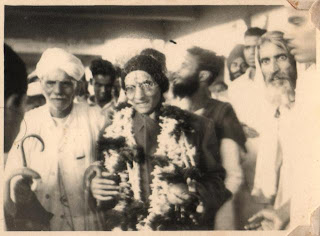 |
| Released from Belgaum Jail |
- Anurupa

 |
| Released from Belgaum Jail |
- Anurupa

 The violence continued unabated even after independence. There was an exodus of Hindus and Muslims to and from the two parts of Punjab. Hindu refugees in India were in dire straits.
The violence continued unabated even after independence. There was an exodus of Hindus and Muslims to and from the two parts of Punjab. Hindu refugees in India were in dire straits.
- Anurupa

| Birth of Free India |
May 29, 1947: Savarkar urged the Congress leaders not to betray the electorates by accepting partition: they had promised a United India in their election campaign; therefore they should seek re-election on that basis. Naturally, the Congress did no such thing.
 · Savarkar proposed that the Indian flag should have the Dharma Chakra and not the charkha. His proposal was voted in by the flag committee. This enraged Gandhi to the extent he ranted against the Indian flag in his Harijan, refused to show respect for the Indian flag, and stayed away from the celebrations.
· Savarkar proposed that the Indian flag should have the Dharma Chakra and not the charkha. His proposal was voted in by the flag committee. This enraged Gandhi to the extent he ranted against the Indian flag in his Harijan, refused to show respect for the Indian flag, and stayed away from the celebrations.
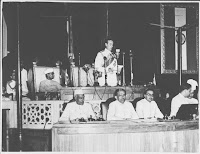 |
| Lord Mountbatten giving Independence speech |
August 15, 1947: at dawn, he hoisted both the flag of India and the flag of the Hindu Mahasabha on the dawn of Independence, disregarding the decision of the Hindu Mahasabha Committee.



– Anurupa

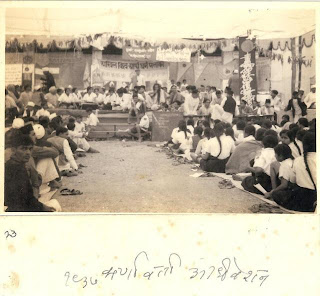 |
| Karnavati Session, 1937 |
- Anurupa
(Photo: Savarkar and Sir Stafford Cripps
Newspaper cuttings are from Australian newspaper archives.)

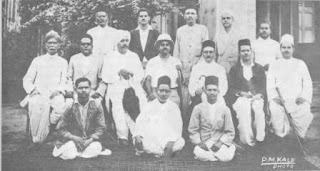 |
| Savarkar with some co-workers in the Social Reforms Movement at Ratnagiri |

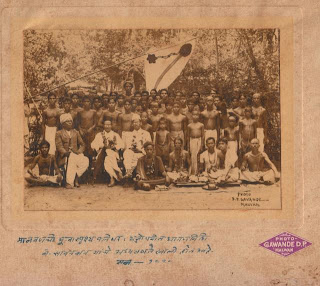 |
|
Sacred thread ceremony of ex-untouchables
at Malvan, 1929, under the leadership of Veer Savarkar
|
 |
| Savarkar in Ratnagiri (with the inevitable umbrella!) |
Anurupa

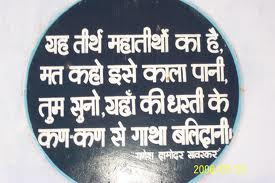 |
| Plaque of Ganesh (Babarao) Savarkar’s Quote |
– Anurupa